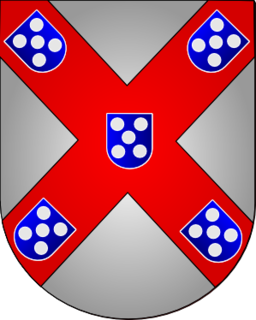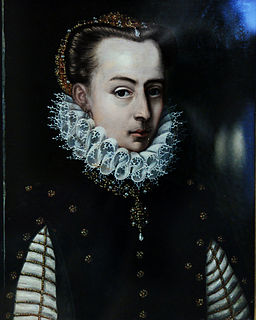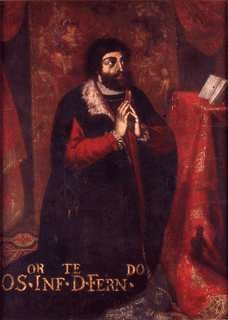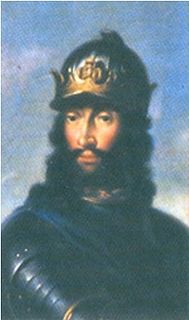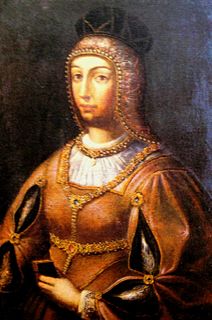| Duarte of Portugal | |
|---|---|
| Duke of Guimarães | |
 Edward of Portugal, 4th Duke of Guimarães | |
| Born | 7 October 1515 Lisbon, Kingdom of Portugal |
| Died | 20 September 1540 (aged 24) Lisbon, Kingdom of Portugal |
| Spouse | Isabel of Braganza |
| Issue | Maria, Hereditary Princess of Parma Catarina, Duchess of Braganza Duarte, Duke of Guimarães |
| House | Aviz |
| Father | Manuel I of Portugal |
| Mother | Maria of Aragon |
| Religion | Roman Catholicism |
Duarte of Portugal, 4th Duke of Guimarães (October 7, 1515 in Lisbon – September 20, 1540 in Lisbon) was a Portuguese infante (prince); the sixth son of King Manuel I of Portugal and his wife Maria of Aragon.

Lisbon is the capital and the largest city of Portugal, with an estimated population of 505,526 within its administrative limits in an area of 100.05 km2. Its urban area extends beyond the city's administrative limits with a population of around 2.8 million people, being the 11th-most populous urban area in the European Union. About 3 million people live in the Lisbon Metropolitan Area, including the Portuguese Riviera,. It is mainland Europe's westernmost capital city and the only one along the Atlantic coast. Lisbon lies in the western Iberian Peninsula on the Atlantic Ocean and the River Tagus. The westernmost areas of its metro area form the westernmost point of Continental Europe, which is known as Cabo da Roca, located in the Sintra Mountains.

Portugal, officially the Portuguese Republic, is a country located mostly on the Iberian Peninsula in southwestern Europe. It is the westernmost sovereign state of mainland Europe. It is bordered to the west and south by the Atlantic Ocean and to the north and east by Spain. Its territory also includes the Atlantic archipelagos of the Azores and Madeira, both autonomous regions with their own regional governments.
Infante, also anglicised as Infant or translated as Prince, is the title and rank given in the Iberian kingdoms of Spain and Portugal to the sons and daughters (infantas) of the king, regardless of age, sometimes with the exception of the [male] heir apparent to the throne who usually bears a unique princely or ducal title. The wife of a male infante was accorded the title of infanta if the marriage was dynastically approved, although since 1987 this is no longer automatically the case in Spain. Husbands of born infantas did not obtain the title of infante through marriage, although occasionally elevated to that title de gracia at the sovereign's command.

